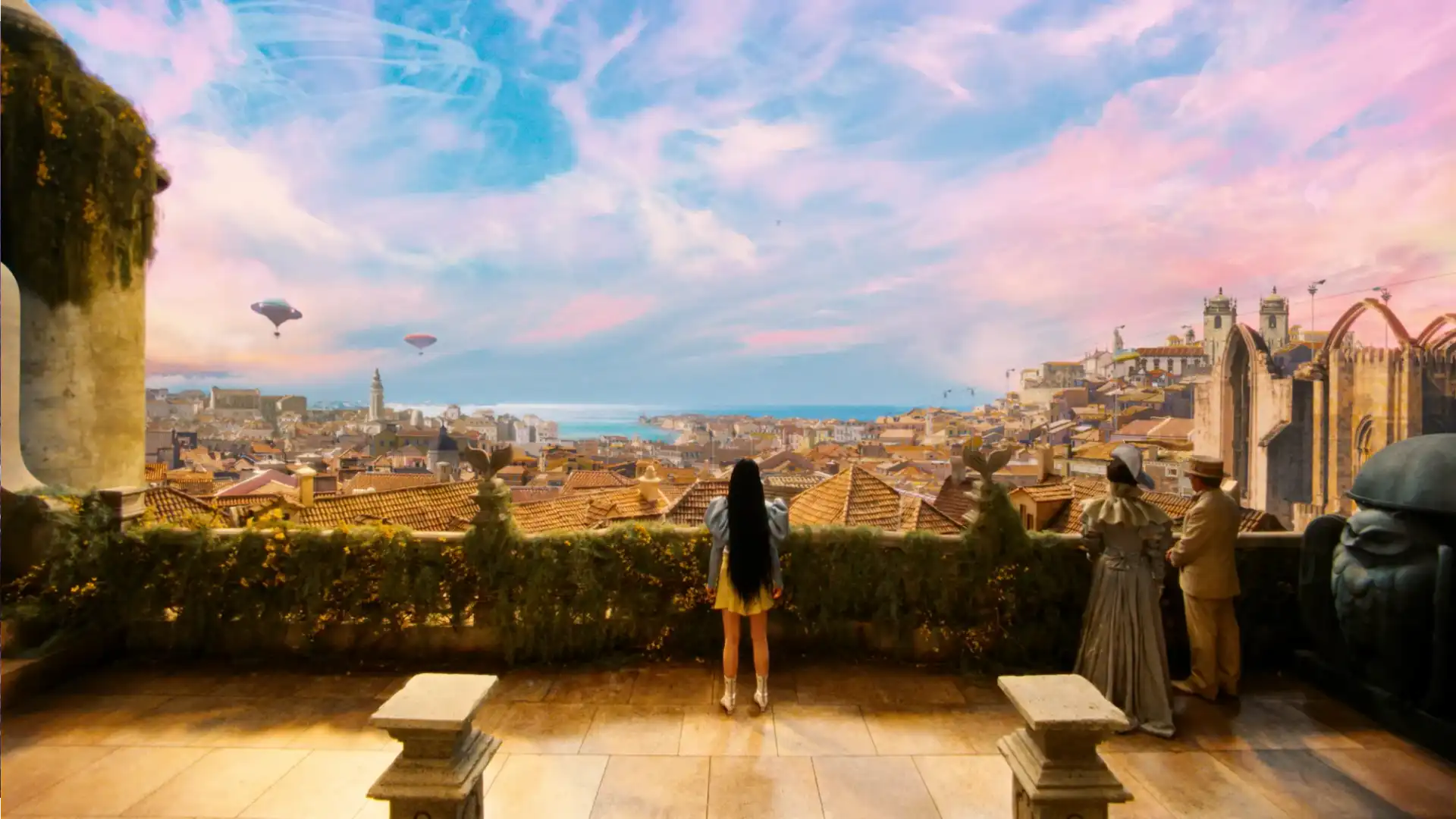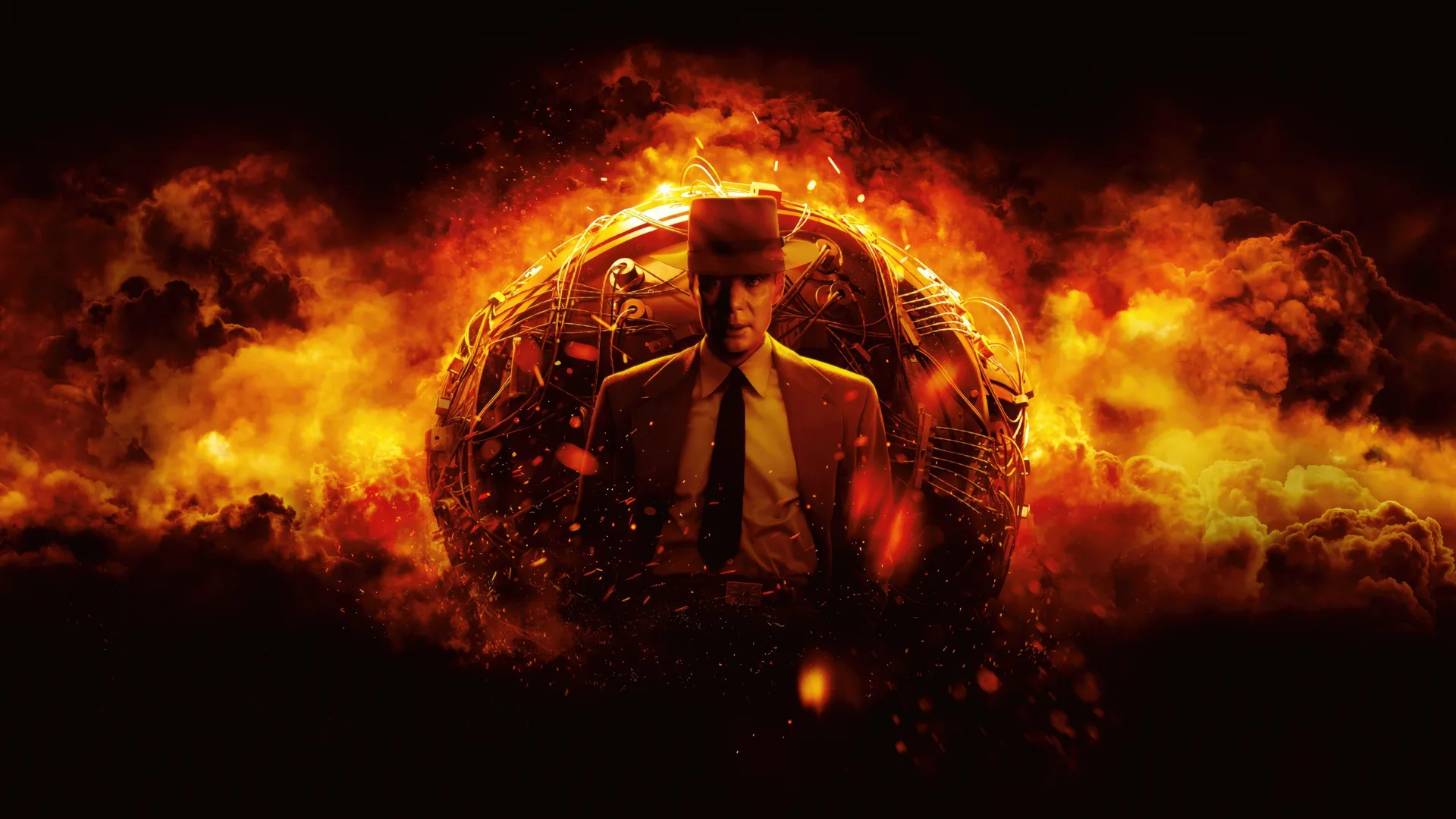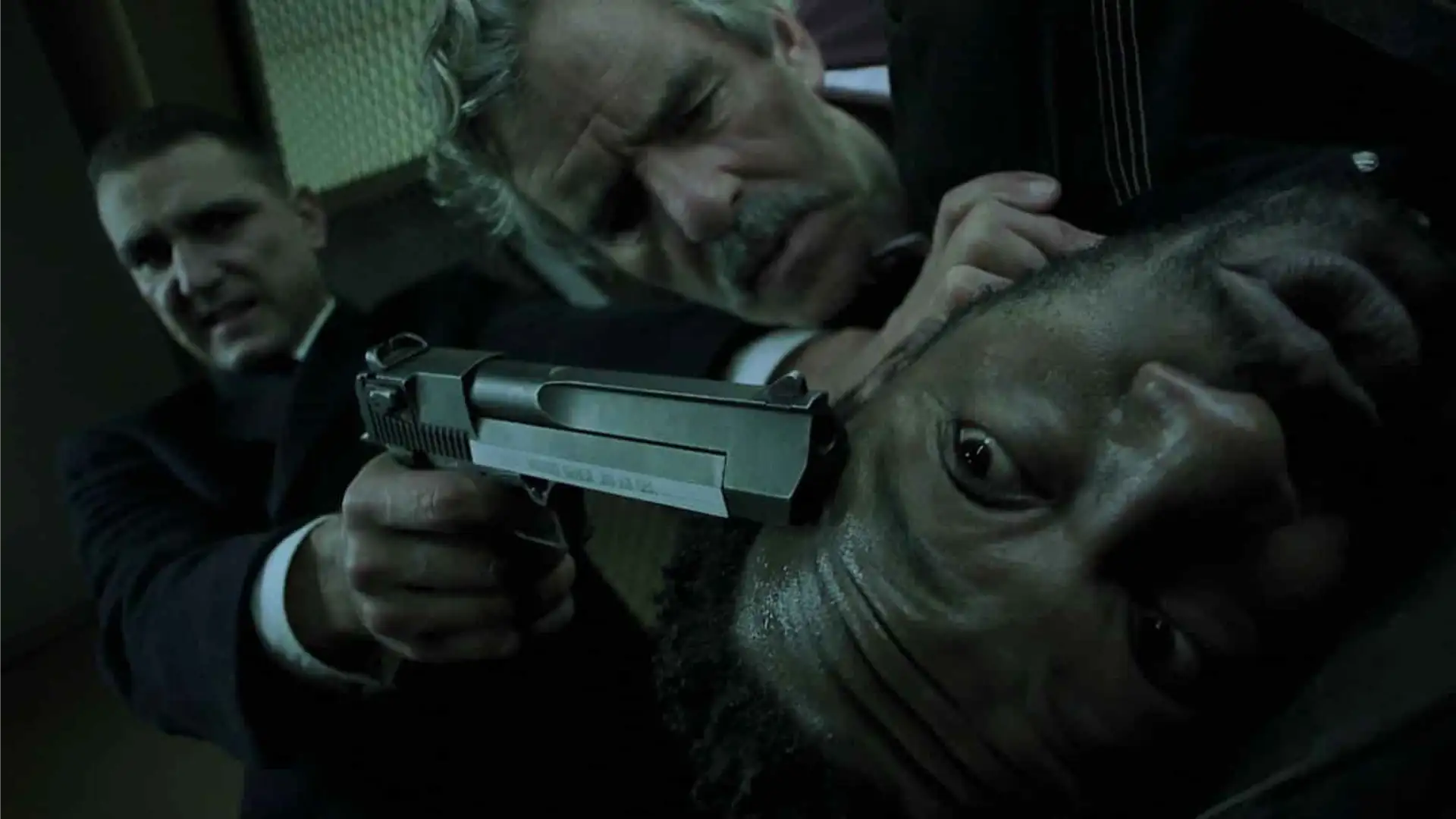If you compare a story to a machine, you can see that each story contains a number of component parts that need to be set together attentively in order to make it work properly. The filmmaker is the engineer of this machine who is responsible to know every part well enough to be able to fix or redesign it. So let’s see what these components are and learn how to put all that together to create a beautiful script that is the exact formula of creating a beautiful story machine or film in other words. What you read below is the scenario you can follow to put all of the story parts together one by one.
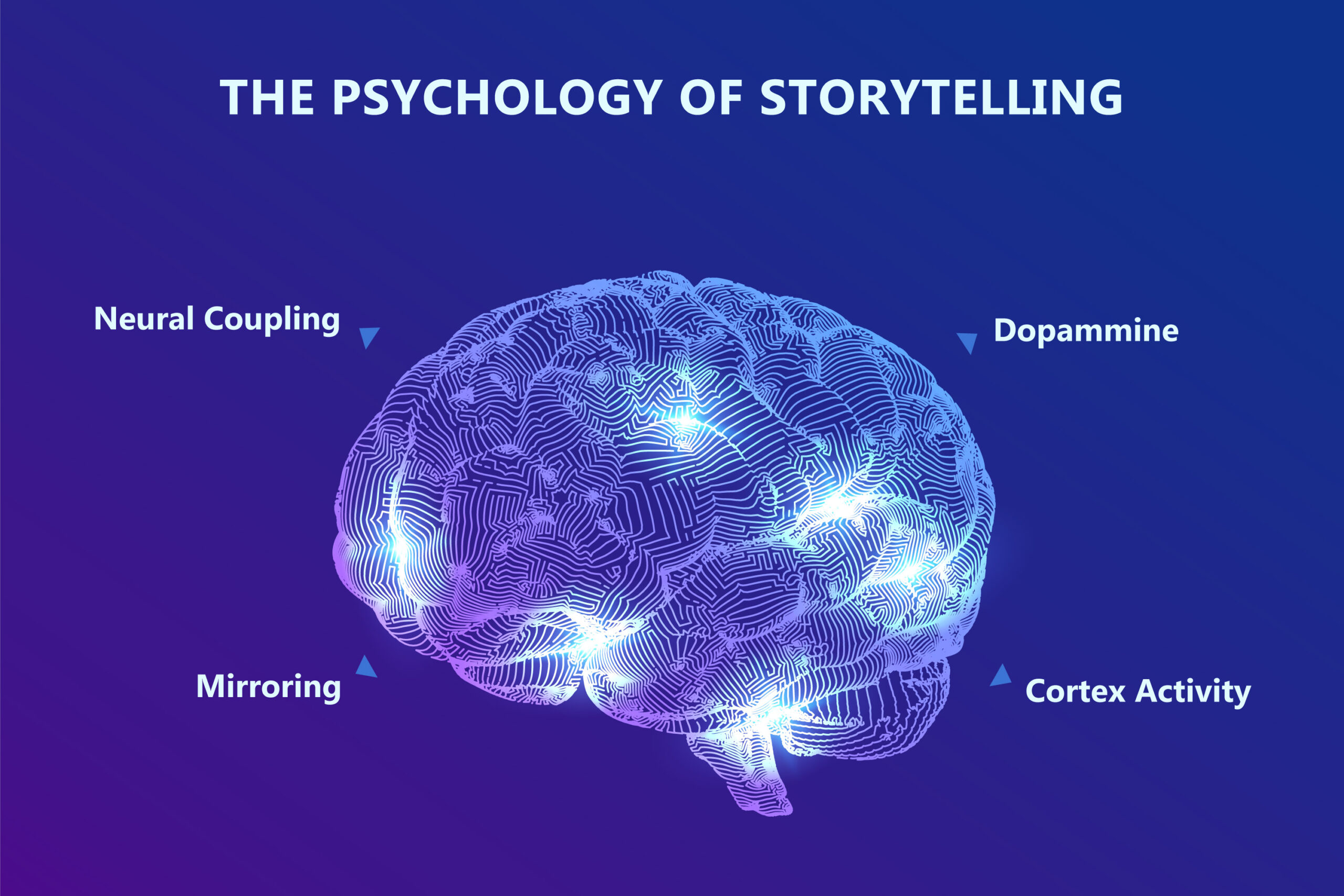
The Idea
Behind every film, there is an idea. Ideas can pop up to your mind in different forms and situations. You might be inspired by seeing something in real life like an old lady with a bag standing alone in a train station, a single father who loves his daughter’s teacher who happens to be hated by her. Or reading something interesting in a book, imagine it and think it’s something that is worth being a film. But whatever it is, it doesn’t have to be complicated or even complete. Even if you have only a picture as your filmmaking idea, you can use it as a clue to develop the whole film. So the first step is to write down your idea exactly as it is in your mind. Then try to pay attention to the possible surroundings of that picture which leads you to the next step.
The World
After you picture the idea in your mind and write it down as a sentence or two, you need to create a world for it. The world you’re creating doesn’t have to be an entirely different world like the one in Harry Potter, it might be something completely natural like a train station or a neighborhood. In some cases, you might have to think about some elements of the worldbuilding like the culture, environment, religion, or any other aspect to make a world that matches the story and the characters. The more layers you add to the world of the story, the more space you give to the character to grow, and the more engagement possibility you can provide for your audience to discover that world. Sometimes you need to create a separate story for your world in order to give it more depth. Think about the world of Avatar. The layers are so well-designed that even a language has been developed for the film. The language which is called Na’vi has been so successful in getting the audience engagement that even years after the movie, it’s being used as a tool of communication between the fans from different parts of the world.
Sometimes the world you make is the cause of some special traits in your characters, like what you see in the Mad Max movie. Or it’s the character that changes the world around him, like in the movie Dead Poets Society. Keep in mind that you have to have something special in your story in order to convince the audience to watch it. If your setting is a normal city then your character should have something special. If your character is a normal person then the things that happen to her should be different.
The Character(s)
The characters you create are somehow the most important parts of your story because they walk the audience through the ups and downs of the film. Creating a character has so many layers and considerations that sometimes takes the most of the time of a writer before actually starting to write any line for the script. We have a separate blog about character design in order to explain how to design a character layer by layer so that it can live outside of a film in the audience’s mind. So we recommend you to go check out our character development blog then come back and read the rest of this blog.
But In a nutshell, your character should have different layers containing the background, mental condition, emotional depth, and different conflicts and some other considerations, in order to have enough depth to be able to engage the audience and create a sense of identification around it.
The Story
So now that you have your world and the characters inside it, it’s time to say what is going to happen for the characters in your world that is worth being watched. Of course, you had some thoughts about the incidents of the story in the idea step but it has to be developed into a complete story. One that has a chronological order with a specific beginning and ending time. Remember that in your story everything that matters should be mentioned in some way. The story that builds your script should be so clear that people should enjoy the story only by reading the script. You shouldn’t rely on the beauty of the image and sound but instead, those elements should only add more value to it. So your story alone should be very amusing.
But this is a turning point in your scriptwriting process because now you have only created your linear story while you need a plot for your script.
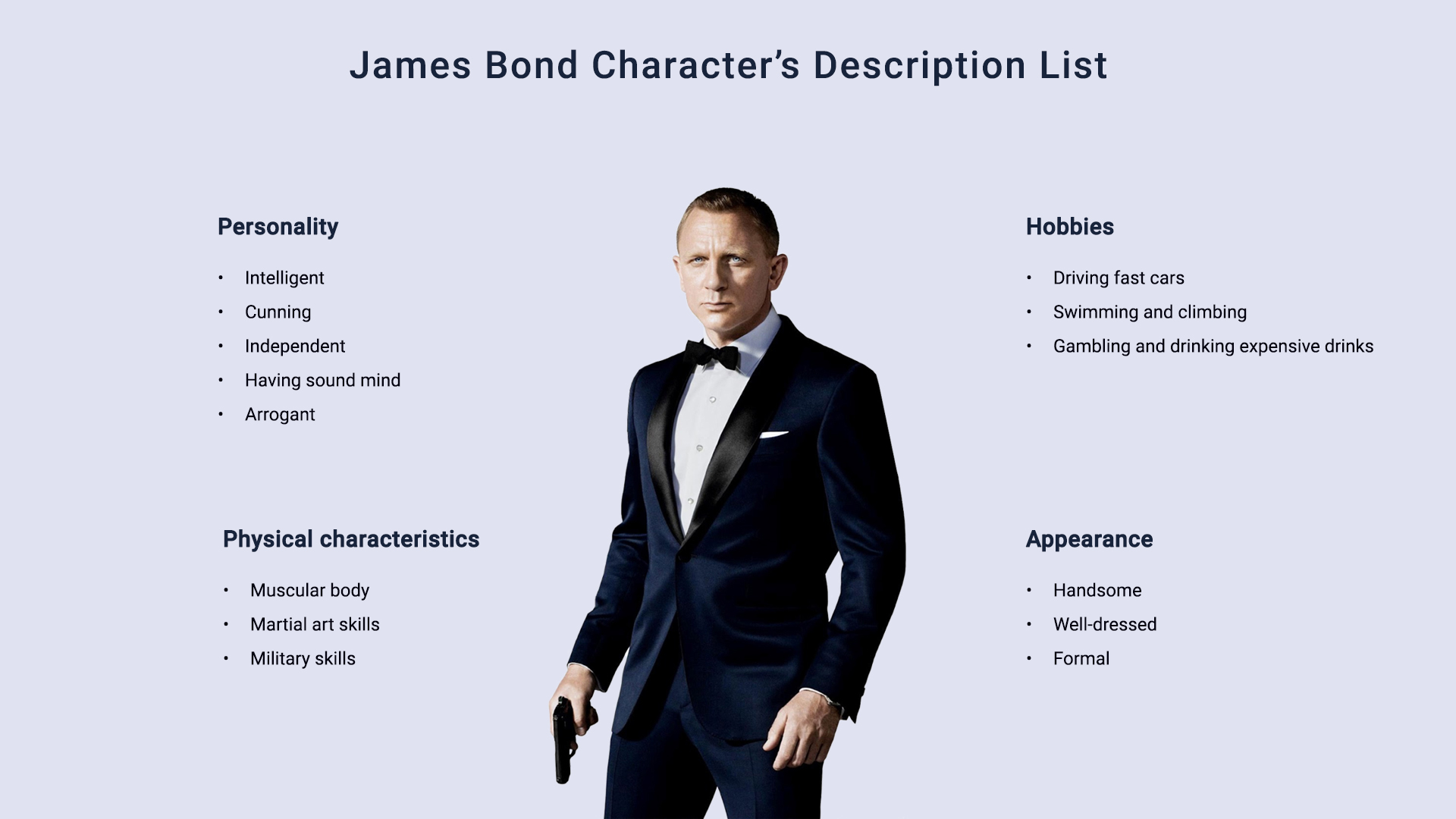
The Plot
Although a lot of people think that a story is the same term as a plot, there are major differences in between. Let’s put it this way, everything that happens in life is a story. Every memory you have is at some level a story but the thing that separates the plot from a story is that in the plot you choose which incident to tell first and in what order and tone. Also, you choose from which character’s perspective you are going to tell the story and where you want to switch to another character’s point of view for another part of the story. Take Inception as an example. If it was a real-life story the first thing that happened was the Death of Mal, Cobb’s wife, and then you would notice that she committed suicide because of the idea that was planted inside her mind. Whereas in the plot of the Inception it is almost the last thing you notice in the film although it has happened in the past. So it is you who creatively designs the order of the incidents in the film. We’ve seen in many films that an accident becomes unfolded little by little from the past. In such movies, the first thing that the audience sees is not the accident but it’s what we see and hear from the characters that tell us what has happened in the past.
So the best thing to do when designing a plot is to look through your story, then decide from which point you want to enter your story. This method is called non-linear storytelling and if used creatively it can add a lot to your story. But the downside of the non-linear method of plot design is that if you’re not careful enough your story might lose its Causality, which is an important factor for any plot. The incidents you’re putting together should be the cause and effect of one another. So in general, try to design your plot as creatively as you can, switch between characters, and put emphasis on the causality of the events to tell a story that not only is wonderful but also makes sense. Then you can put your plot into the classic plot structure to see if it follows the right structure. It doesn’t mean you have to follow it but 90% of the films are in this structure.
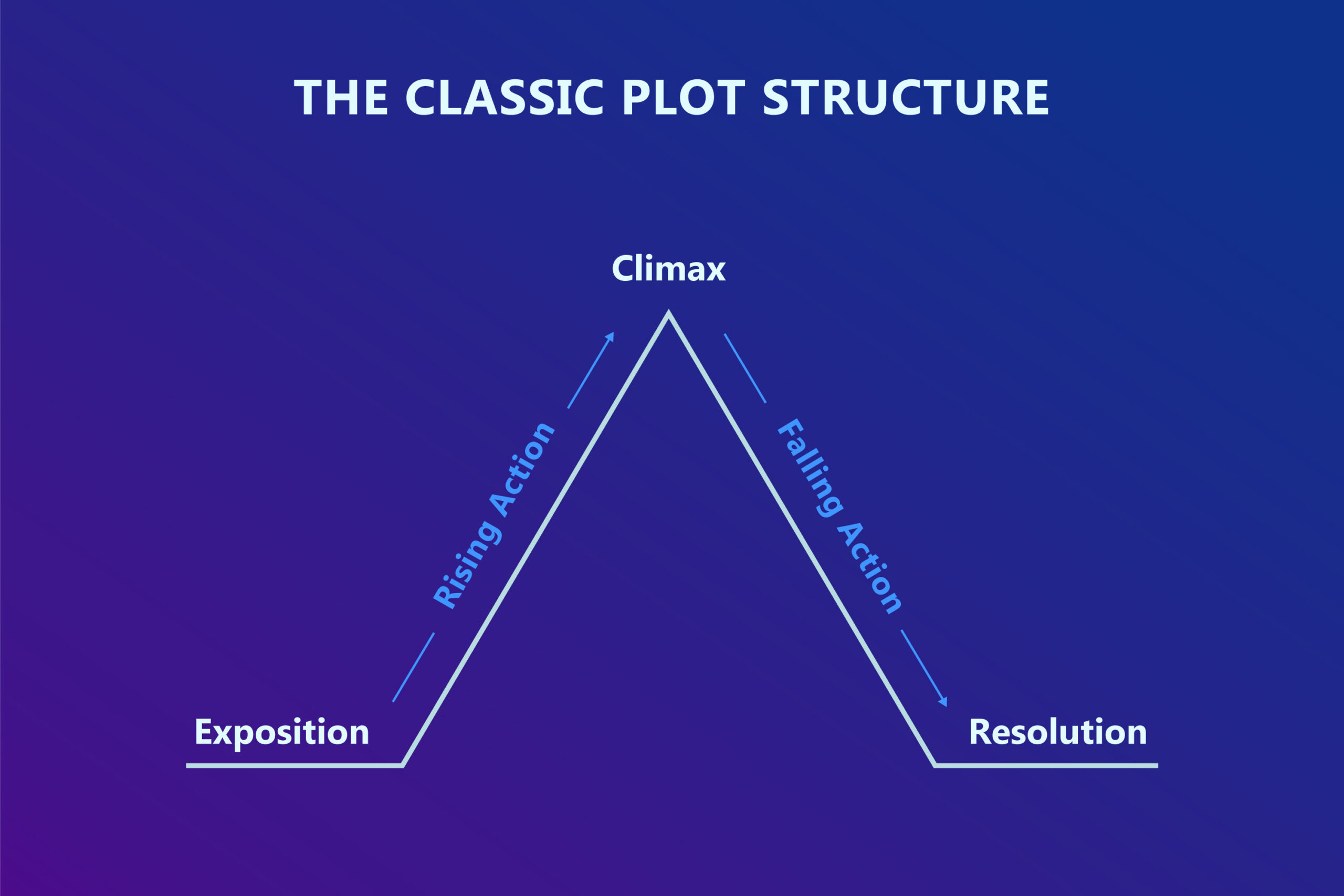
The Dialogues
If we consider characters the in-action narrators of your story, their dialogues are your tools to run the story forward and give the audience enough clues to understand the story. So when you’re writing a line for a character, think about the effect it has in telling the story. You should also pay attention to the form of dialogues in relation to each other. Your dialogues should have a relationship like a ping-pong game. Every dialogue causes the other dialogue and unfolds something about a character or an incident. Another point is that you should avoid writing dialogues that are too direct. In most cases, in real-life conversations, people do not say what they mean directly. And lastly, if you have several main characters in your film, share the important information of the story between all of them to let the audience engage with them and feel they’re helping the story.
The Final Script
So you’ve come a long way to get the first version of your script but this is not the stage where you hand it over to the lit agent. What is necessary in this step is to read it many times and try to rewrite it better and better. Also, keep in mind that your script should be written in the standard format of a script. You can either use free software such as Amazon story writer or create it in Words in order to give your script a standard look.
All in all, storytelling is a journey on its own. The one who tells a story should be the one who has spent a lot of time in that story, discovering every bit of it and experiencing everything in that world. So be investigative and try new ideas and get yourself drowned in all the mentioned elements of the story and you’ll make the route to create a mesmerizing movie.
